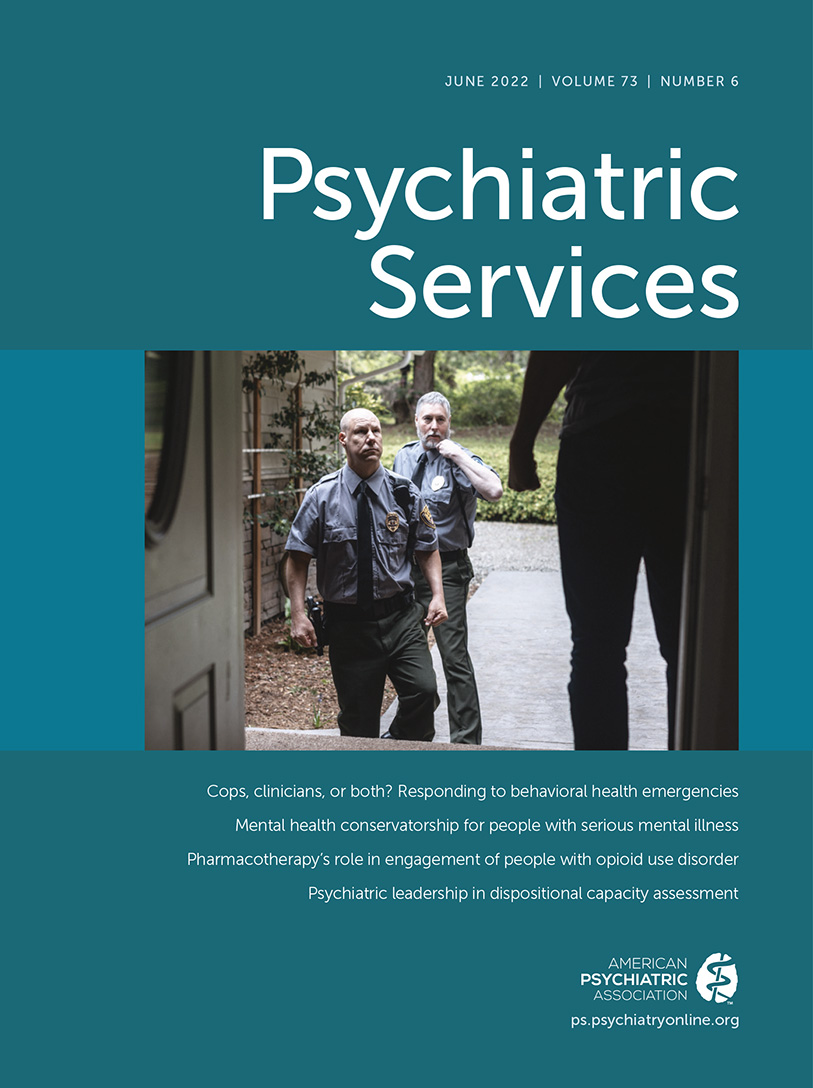Cops, Clinicians, or Both? Collaborative Approaches to Responding to Behavioral Health Emergencies
Abstract
How a community responds to behavioral health emergencies is both a public health issue and social justice issue. Individuals experiencing a behavioral health crisis often receive inadequate care in emergency departments (EDs), boarding for hours or days while waiting for treatment. Such crises also account for a quarter of police shootings and >2 million jail bookings per year. Racism and implicit bias magnify these problems for people of color. Growing support for reform provides an unprecedented opportunity for meaningful change, but solutions to this complex issue will require comprehensive systemic approaches. As communities grapple with behavioral health emergencies, the question is not just whether law enforcement should respond to behavioral health emergencies but how to reduce unnecessary law enforcement contact and, if law enforcement is responding, when, how, and with what support. This policy article reviews best practices for law enforcement crisis responses, outlines the components of a comprehensive continuum-of-crisis care model that provides alternatives to law enforcement involvement and ED use, and offers strategies for collaboration and alignment between law enforcement and clinicians toward common goals. Finally, policy considerations regarding stakeholder engagement, financing, data management, legal statutes, and health equity are presented to assist communities interested in taking steps to build these needed solutions.



